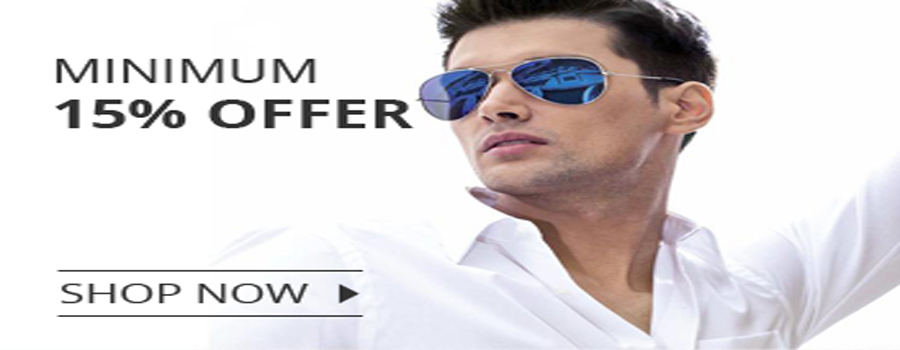Mens Shirts Buying Benefits: To Look For
Shirts:Way to look for
Best shirt tailoring is undergoing a surge of popularity in India as more men realise there are options beyond designer labels. Best tailoring gives the opportunity to specify every aspect of how a shirt is cut, and allows the wearer to experience the feel and look of a perfectly fitted shirt. The following is a guide on what features you should expect from a quality made mens shirt.
Obviously, the main benefit of a shirt is that it fits the wearer perfectly; after all, the shirt has been made specifically for the wearer. Signs that a shirt is fitted well are:
* A mens shirt should not feel tight or appear baggy across the shoulders, chest, stomach, or seat. The cut of the shirt should follow the contours of the body, without being too close or restrictive a fit. A fabric allowance of about 6 inches on the chest body measurement, 5 inches on the stomach measurement, and 6 inches on the seat measurement should give good results with average body dimensions, although these allowances are variable depending on the wearer's build.
* The sleeves of the shirt should be long enough so that the cuffs do not move up the arm when the arms are raised above the head. Similarly, they should not be so long that when the arms are hanging by the side of the body, there is a significant excess of fabric on the sleeves near to the cuffs.
* The collar of the shirt should leave enough space to insert your thumb comfortably between the collar and the neck when buttoned, and should not feel tight or hang loose around the neck.
* The length of the shirt should be long enough so that the tails hang just below the seat when worn. This will ensure that the shirt does not become untucked during use.
* The cuffs of a mens shirt should be just too tight to slip over the hand when buttoned. It should be necessary to undo the cuffs when putting on the shirt.
Aside from the fit of the shirt, there are a number of other important features to keep an eye out for:
Fabrics
A mens shirt should only ever be constructed from pure cotton fabric. Cotton affords the wearer far greater comfort than man made fibres, and give a classic Arrow look and feel to a shirt. The count of the fabric should be as high as possible - the higher the count, the finer the fabric. Popular fabric weaves include poplin (a plain weave and the classic Indian shirting), twill (a heavier, diagonal weave), fils-a-fils (a tiny graph paper check that appears to be solid colour from a distance), and oxford (generally, the heaviest weave).
Collars
The collar should be hand made, and can be either fused or unfused. A well fused collar will give a smooth look with no puckering, and should use cotton interfacing materials. Collars should have removable bones to keep the shape of the wings perfectly straight when inserted.
Stitching
All stitching throughout the shirt should be single-needle stitching. This technique is more time-consuming than commercial methods, but gives strong seams that are significantly more pucker-resistant.
Pattern matching
When using striped or patterned fabrics, pattern matching should occur wherever possible.
Sleeve plackets
Where the sleeves meet the cuffs, traditional packets should be used. Highest quality shirts do not provide placket buttons as these are uneccessary in a well formed placket.
Split yoke
To ensure a perfect fit across the shoulders, a split (4 piece) yoke should be used.
Buttons
These should be cross-stitched onto the shirt by hand to ensure that they do not become loose over time.
Tails
The tails of the shirt should be rounded and strengthened by a gusset.
Please visit www.seasonsway.com more information on mens shirts.


